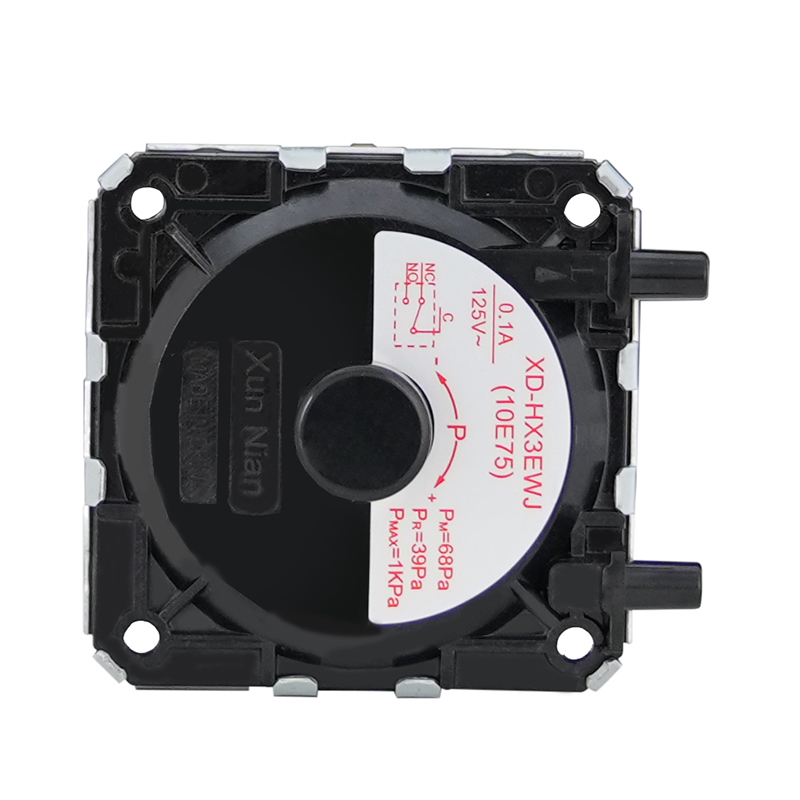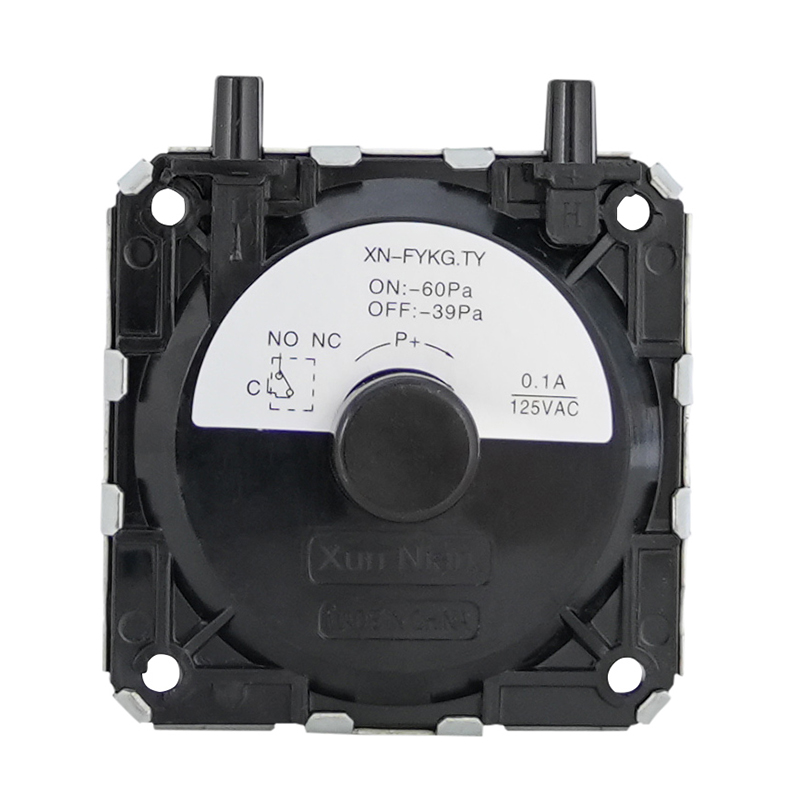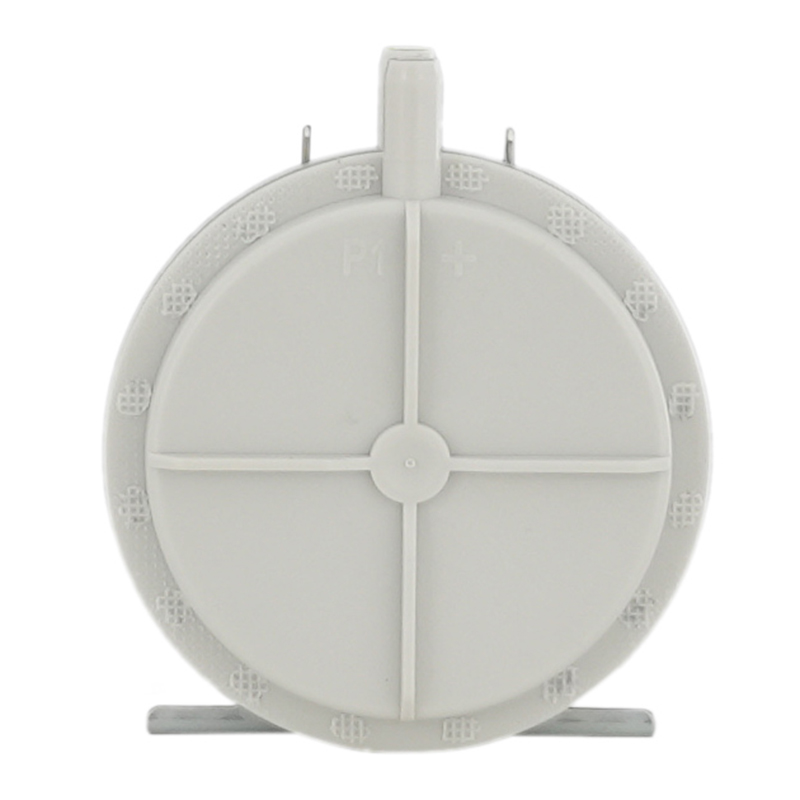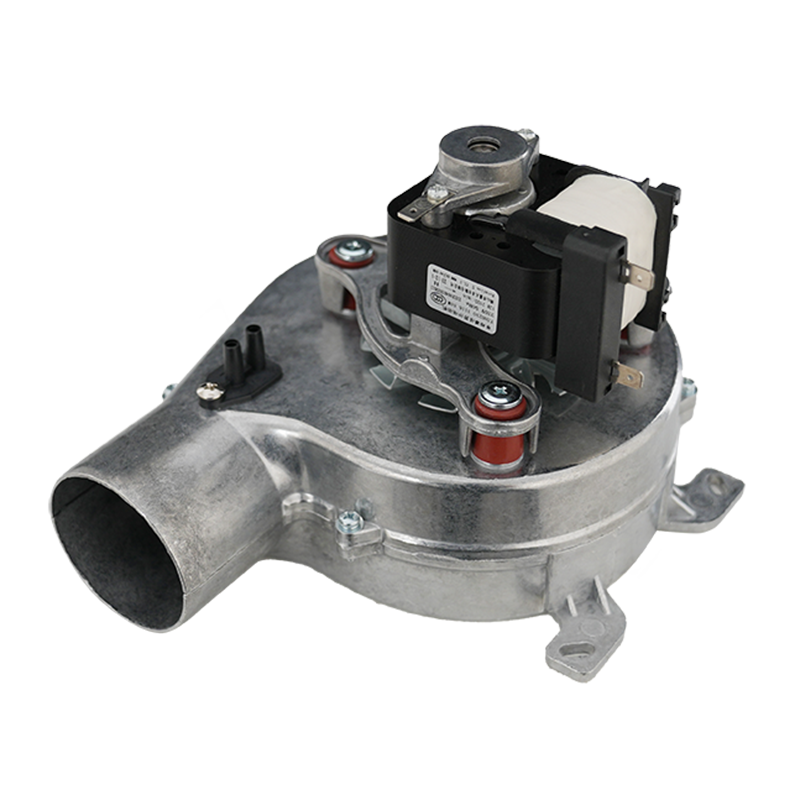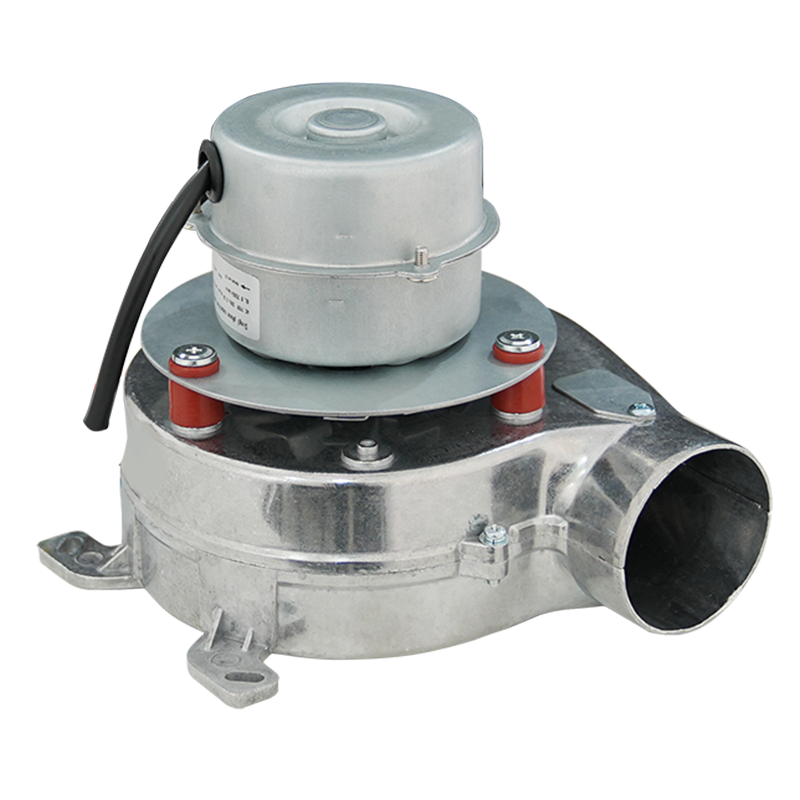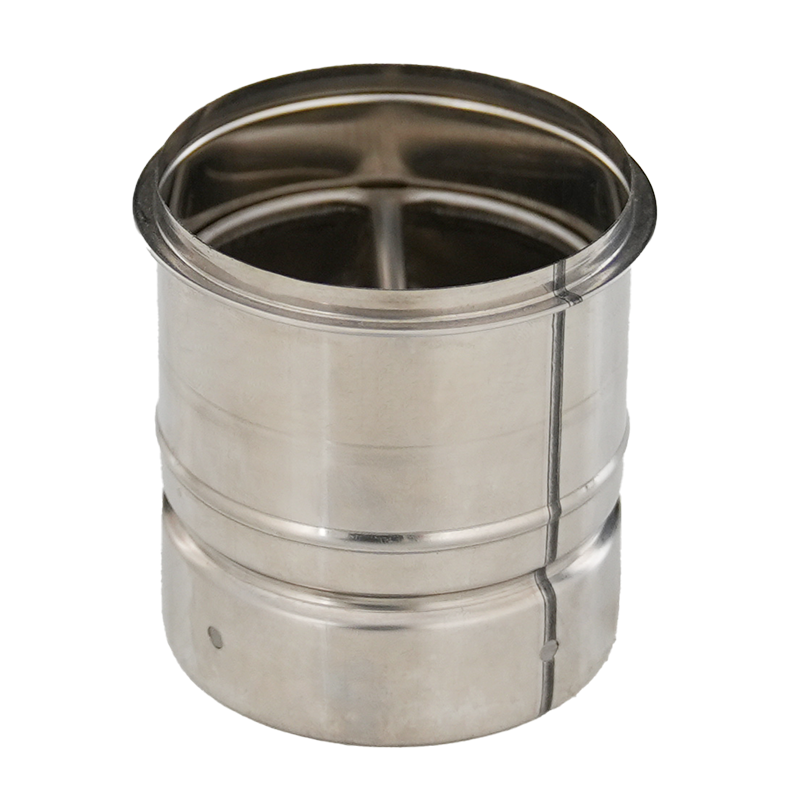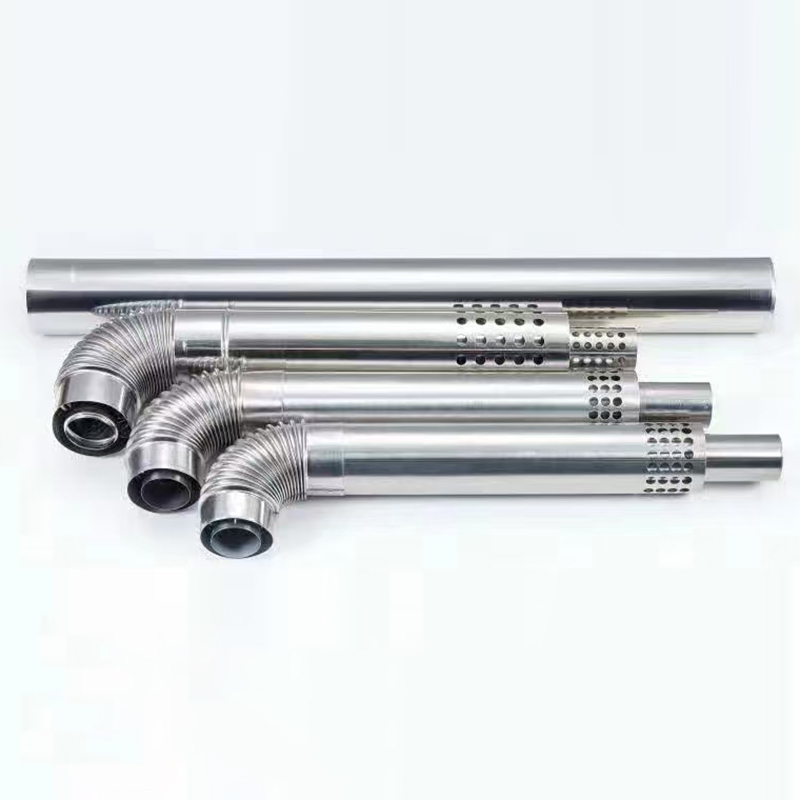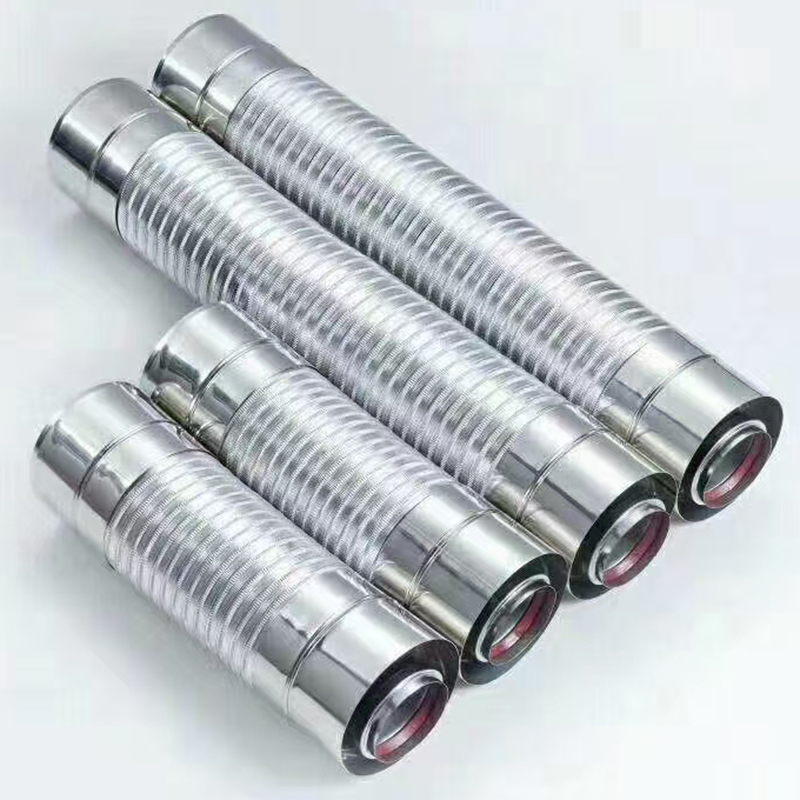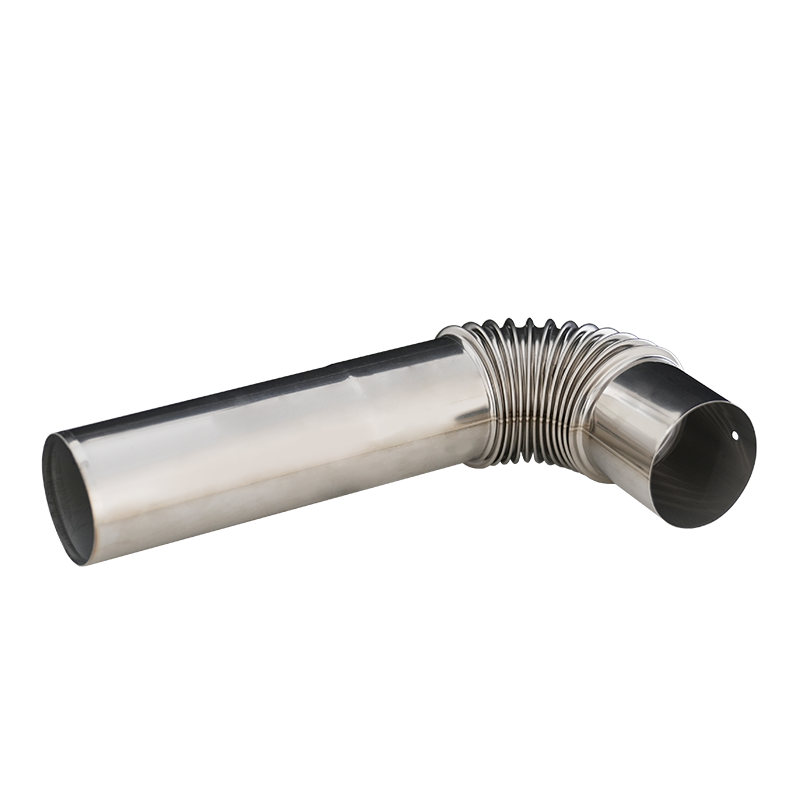When you turn on a gas water heater for a warm shower in cold winter or use an integrated stove to stir-fry delicious dishes in the kitchen, you will probably not notice the "invisible safety guardian" hidden inside these appliances. However, once this small component called a "gas pressure switch" is missing, these commonly used household appliances may instantly turn into "time bombs" that threaten home safety. It is small enough to be easily held in the palm of your hand, yet it can prevent fatal risks such as gas leaks, carbon monoxide poisoning, and equipment overheating. What kind of role does this unremarkable "safety key" play in protecting the safety of household appliances?
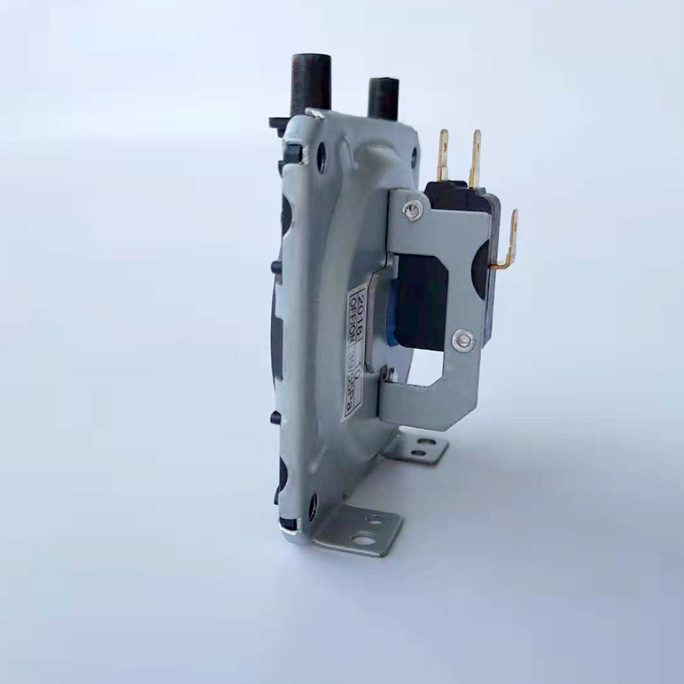
Let’s start with the gas water heater, which is indispensable in every household—it can be called a "typical representative" that relies on the gas pressure switch. When a gas water heater is turned on, its internal fan first operates to discharge the exhaust gas generated by combustion to the outside through a flue. This step allows no mistakes: if the exhaust gas cannot be discharged, toxic carbon monoxide will accumulate indoors, leading to unimaginable consequences. The responsibility of the gas pressure switch is to add a "safety lock" to this process: it continuously monitors the negative pressure generated by the fan’s operation. Only when the negative pressure reaches 5-10Pa (a pressure so weak that it is almost imperceptible to human skin) will the internal contacts of the switch close, sending a signal of "unobstructed exhaust channel" to the water heater’s control system. Only after receiving this "permission" will the gas valve open and the ignition process start.
Just imagine what would happen if there were no gas pressure switch or if the gas pressure switch malfunctioned? If the fan suddenly breaks down or the flue is blocked by fallen leaves and debris, sufficient negative pressure cannot be generated. Without the "check" of the gas pressure switch, the water heater may misjudge the exhaust status and blindly open the gas valve for ignition. At this time, the exhaust gas cannot be discharged, and carbon monoxide will diffuse into the room through the gaps of the water heater. Within just a few minutes, the entire family may be at risk of poisoning. For this reason, many countries now mandate that gas water heaters must be equipped with gas pressure switches. It is not an optional "accessory" but a "safety bottom line" stipulated by law.
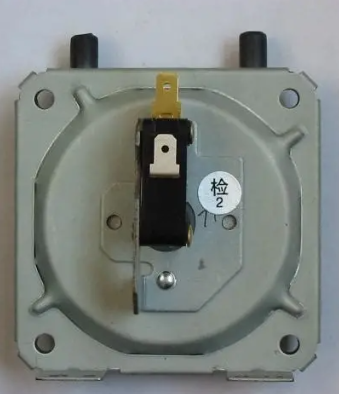
In integrated stoves, the gas pressure switch is also an indispensable "safety sentinel". An integrated stove combines a gas stove with a range hood and relies on strong air flow to suck away cooking fumes. However, if the exhaust pipe is blocked by oil stains, the air flow will slow down or even stop. Without a gas pressure switch, the range hood may still run idly, but the fumes will flow back into the kitchen. This not only causes oil stains to adhere to furniture but also makes the family inhale a large number of harmful particles. But with a gas pressure switch, the situation is completely different: it can acutely detect the pressure drop caused by pipe blockage and then trigger dual protection—on the one hand, it issues an alarm to remind the user to clean the pipe; on the other hand, it can automatically reduce the heat of the gas stove to reduce the amount of fumes generated. This dual protection of "early warning + risk control" keeps the kitchen in a safe state at all times.
Even the less eye-catching wall-mounted gas boiler cannot do without the protection of the gas pressure switch. A gas boiler not only provides heating but also hot water, and its combustion process requires a stable air supply: too little air will lead to incomplete gas combustion and the production of carbon monoxide; too much air will waste energy. The gas pressure switch continuously monitors the air intake pressure and adjusts the fan speed according to pressure changes to ensure that the air volume fully meets the combustion needs. If the air inlet is blocked by dust, the gas pressure switch will detect the pressure drop, immediately cut off the gas supply of the boiler and shut it down to prevent the production of dangerous gases. Many families feel "safe and worry-free" when using boilers for heating in winter, but in fact, it is the gas pressure switch that is silently adjusting the air flow behind the scenes.
But why is such an important component rarely noticed by people? On the one hand, it is hidden inside electrical appliances and cannot be seen in daily life; on the other hand, the failure rate of gas pressure switches is very low, so people tend to ignore their existence over time. However, once a problem occurs with it, the consequences are often serious. A 2023 safety report from a household appliance association showed that more than 30% of household gas accidents were related to the malfunction or absence of gas pressure switches. There was a family whose gas water heater failed to start after a heavy rain. Instead of calling professional maintenance personnel, they bypassed the gas pressure switch and forced the heater to start by themselves. As a result, a week later, carbon monoxide leaked, causing two family members to be hospitalized. The reason was that after losing the protection of the gas pressure switch, the blocked flue became a "toxic gas channel".
In the world of household appliances, safety often lies in the details. The gas pressure switch does not have the technological feel of smart devices or the cool functions of high-end induction cookers, but it is an "invisible guardian" that protects the safety of the family. Next time you use a gas appliance, you might as well think about this small component hidden inside—it is because of it that warm showers and delicious meals have an extra layer of peace of mind. Without it, household appliances may work temporarily, but the invisible safety risks have already lurked quietly around.


